Packing up for Summer There are a few things you can do during the summer months to ensure your stove is ready for another hard-working winter. As you won’t be using it as much in […]


Packing up for Summer There are a few things you can do during the summer months to ensure your stove is ready for another hard-working winter. As you won’t be using it as much in […]
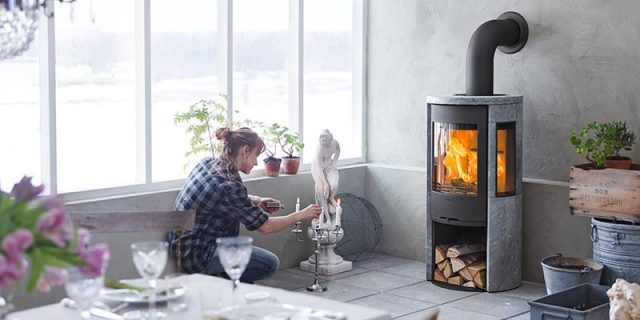
There is a common misconception that those looking to install a wood-burning stove or multifuel stove will require planning permission from their local authority. Historically, yes you may well have required some kind of clearance from your local authority, but recent changes mean that in the vast majority of cases no formal planning permission will be required. There are still rules, regulations and guidelines but as long as you are sensible you will not require planning permission.
If you would like to contact us directly feel free to call on 01706 813393 or email us at sales@bowlandstoves.co.uk
The official guidance from the UK government suggests that planning consent is not required if the following conditions are adhered to:
• The flue is situated at the rear or side of the building with maximum clearance of 1 m above the highest part of the roof.
• Even if you have permitted development rights, if a building is listed or in a designated area it is sensible to check with your local planning authority about installing a flue. In the majority of cases further planning permission will not be required but it is better to be safe than sorry.
• No flue should be fitted on the principle or the side elevation of a building that faces onto a highway.
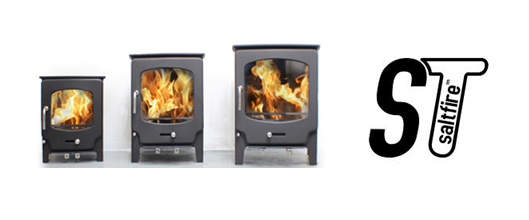
While Saltfire Stoves may not be as well-known as some of the more established stove brands, this is a company which has been developing a specific focused range of multifuel stoves for some time. The Saltfire ST-X4 Multifuel Stove, Saltfire ST-X5 Multifuel Stove and Saltfire ST-X8 Multifuel Stove are part of a range which is growing in popularity and it is not difficult to see why. Even the quickest of glimpses at the images shows these are well manufactured, expertly designed and are able to create the ultimate ambience. The after burner system is unique to Saltfire Stoves and enhances the already enlarged viewing area, with even greater variation for the flickering flames and the burning embers.

There are 2 main types of stove, a wood-burning stove and a multifuel stove, which between them offer an array of different fuels to use. Initially many people might be tempted to burn “waste” materials under the false impression that they simply burn off with no repercussions. Unfortunately, this is not the case and you need to be very careful about what you burn on your wood-burning and multifuel stove.
It will surprise many people to learn that wood is not considered a smokeless fuel because unless it is dried correctly, between a period of one year and two years, it can retain moisture. This moisture gives off steam and water vapour which can in certain circumstances create flammable acidic tars that can stick to the inner lining of your flue. There have been situations where this tar has seeped into the inner workings of a chimney or indeed ignited causing a chimney fire. It is therefore imperative that you use correctly dried wood and do not rush the drying process if doing this yourself.
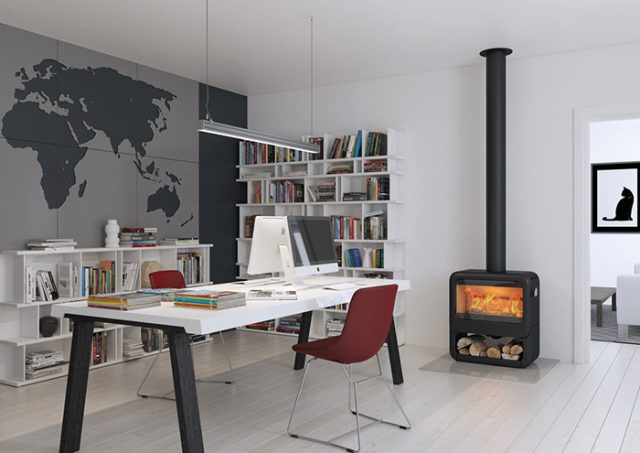
Those who have experienced heat from a wood-burning or multifuel stove will be well aware that it is deep-seated and very different from “normal heating methods”. The only real issue from time to time is that of cold spots which are created as the hot air rises and in certain areas of your room it will be replaced by cold air. As that cold air increases in temperature so that rises and more cold air is drawn in. There is a very simple, very efficient and free method of circulating stove heat around your room which many people will never even have considered.
The beauty of stove fans is not only the fact that they evenly circulate heat around your room, due to the unique pattern of the rotating blades, but the fact they are powered by heat from your stove. These extremely simple but extremely efficient fans simply sit on the top of your stove with the heat differential between the base of the unit and the top of the fan driving the motor. As the motor drives, the blades rotate which helps to circulate heat across your room thereby eliminating cold spots. This is such a simple but such an effective method of maintaining broadly similar temperatures throughout your room.
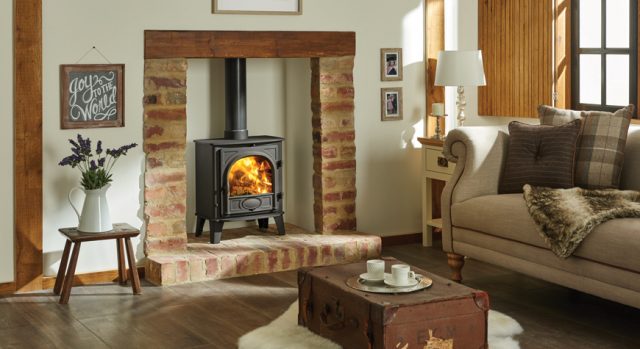
While the experts make the process of installing a wood-burning or multifuel stove look fairly easy, there are many factors to take into consideration. One area is the introduction of roof flashing which effectively secures a stove flue pipe to the roof of the property. While some flue systems will pass through the sidewall and be connected in the appropriate manner, there are still many occasions where the flue pipe simply goes straight up through the roof. So, what does roof flashing do and is it really required?
In simple terms roof flashing offers a weatherproof seal against the elements. The last thing you want is for rain to leak through your roof into your joists as this can not only cause major damage but is unsafe where electrics are involved. Therefore, the introduction of a simple piece of roof flashing will secure your property from the elements and ensure that the exit point for your stove flue pipe is safe and secure.

Many people will notice that it can sometimes be difficult to light your wood-burning stove in the mornings. We have heard of instances where the stove fills with smoke, which is released into the room often causing breathing difficulties. When lighting your stove in the morning there is a very simple technique which will ensure that the hot gases escape out of the flue into the open air. Before we look at this simple technique, it is worth having a quick recap of the mechanics behind the modern day wood-burning/multifuel stove and exactly how it works.
In order for any fire to burn one of the key elements is fresh air which encourages the flames and ignites the fuel. If we look at the mechanics in layman’s terms, as the fuel burns within the stove this creates heat which is released into the room while the excess gases are rerouted through the flue and into the atmosphere. The simple way in which these gases are encouraged to escape from the flue revolves around the fact that hot air rises.
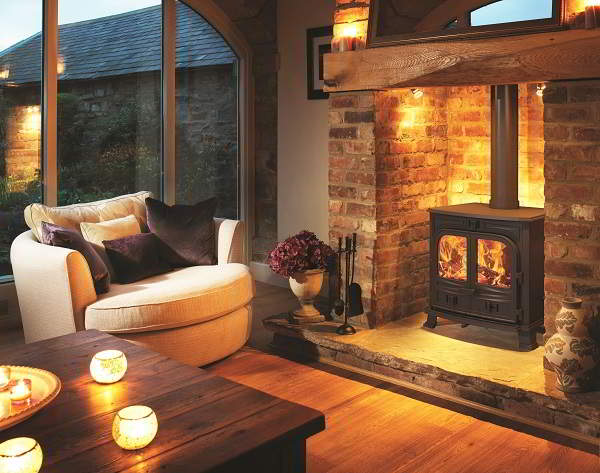
While building regulations are vital when looking to install a wood burning or multifuel stove, there are areas in which the guidelines/regulations are a little vague. One such area is the potential insulating of a flexible flue liner within a chimney stack. We know that the flexible flue liner plays a vital role in the efficient use of any wood-burning or multifuel stove, but do you need to insulate the flexible flue liner?
The flexible flue liner is used to funnel hot gases out of your wood-burning/multifuel stove, up the chimney stack and into the atmosphere. This not only ensures there is no buildup of potentially dangerous gases but it creates the vital vacuum in the fuel combustion process which is filled by fresh cold air. This area is pivotal to the efficient burning of fuel therefore creating not only a constant flow of heat to release back into the room but also hot gases to escape out of the flexible flue liner.
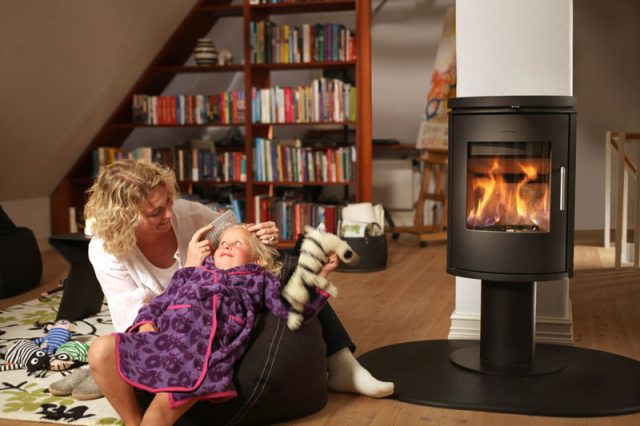
The idea that a wood-burning stove is something of an expensive piece of furniture is a myth which was busted many years ago. The modern day wood-burning stove, while similar in look to counterparts of years gone by, is much more efficient, much more technologically advanced and altogether more productive. So, what are the attractions of a wood-burning stove?
Those who hanker for their own wood-burning stove probably enjoy the deep seated heat which is created by a traditional coal fire. This is very relaxing and creates a heat which is very different to that of a central heating system. The problem is that a coal fire is anywhere between 20% and 30% efficient which means up to 80% of fuel burned is not enjoyed by the household. The vast majority of heat created by a coal fire simply escapes up the chimney.
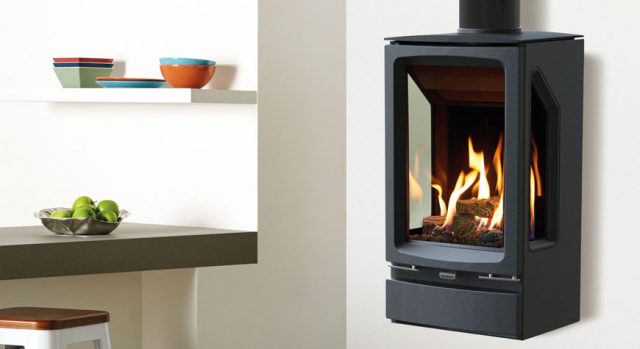
There are so many different types of woodburning and multifuel contemporary stoves to choose from that many of us fail to appreciate what they have to offer. There are some absolutely stunning contemporary stoves on the market today which are not always as expensive as you might assume. We will now take a look at some of the more popular contemporary stoves and what they have to offer.
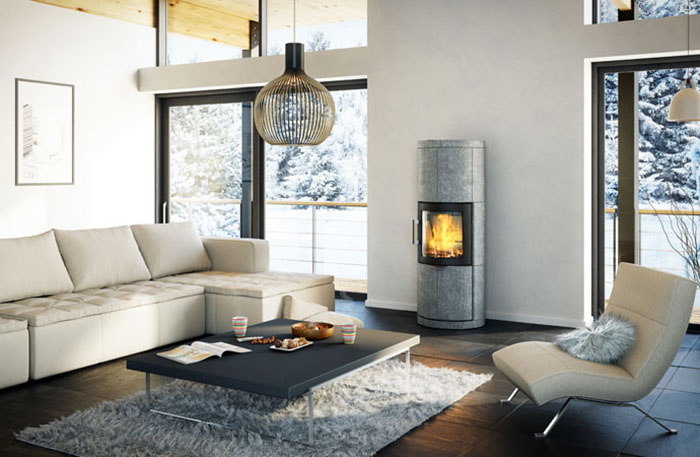
As you can see from the image, the Hwam 7150 woodburning stove is a classic amongst classics when it comes to contemporary stoves. Not only is the cylindrical shape of the stove extremely eye-catching, but the soapstone surround will literally take your breath away. Many people automatically assume that the soapstone surround is for visual purposes only when in fact soapstone is a fascinating material. It is one of the most absorbent materials you will find, which allows the heat from your woodburning stove to be radiated into your room many many hours after the stove has burnt out.